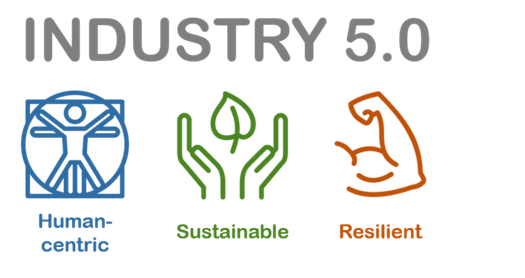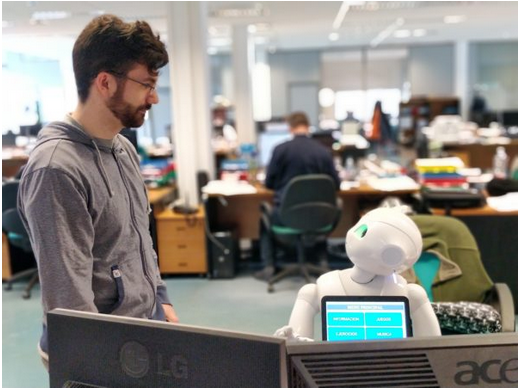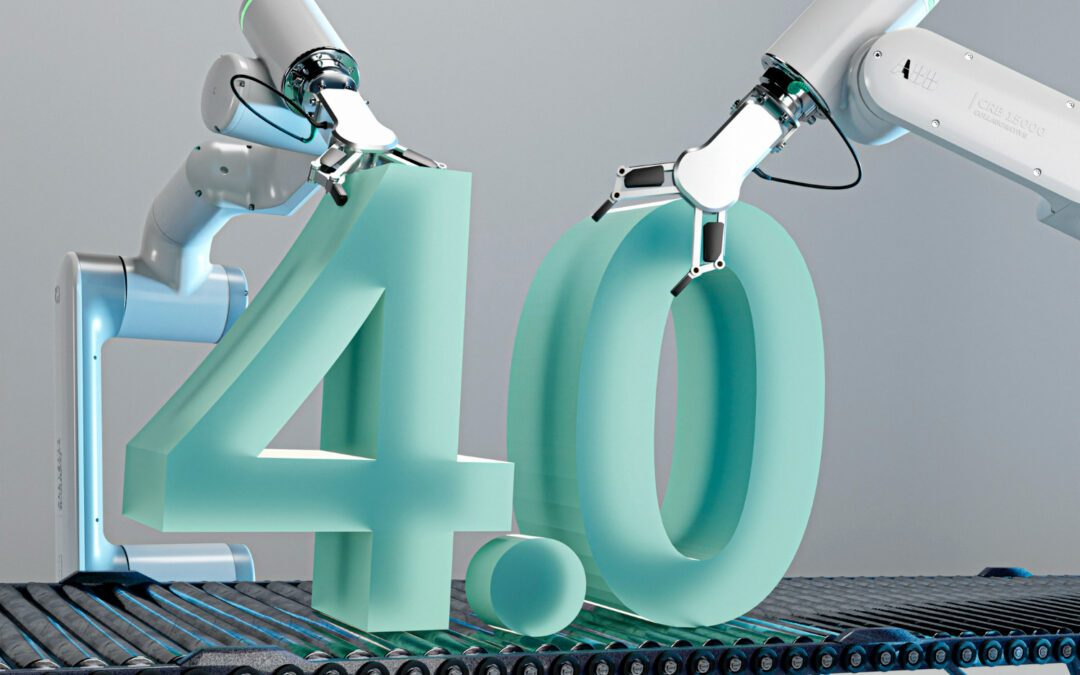It seems unbelievable, but 5 years have passed since CARTIF inaugurated the blog with the post on Industry 4.0 in which I analysed some of the keys to the so-called “fourth industrial revolution” and how it could affect the industry in our country. It has always seemed risky to me to try to define this revolution from within itself. I suppose that time and the historical perspective will make it clearer if it really has been a revolution or simply a technological mantra. Fasten your seat belts because if we have not yet assimilated this revolution now they “threaten” us with the next one, Industry 5.0, they call it. Original, isn’t it?
If the fourth promised to interconnect the productive means of the entire value chain to make a transition to the intelligent industry or Smart Industry (everything has to be Smart as when many years ago any self-respecting appliance needed to carry “fuzzy logic” on-board). The fifth industrial revolution tries to humanize the concept beyond just producing goods and services for economic profit. The challenge of this revolution is to include social and environmental considerations in its purpose. Keywords if this revolution, as defined by the European Commission, should include human-centric approach, sustainability and resilience.

By developing innovative technologies with a human-centric approach, Industry 5.0 can support and empower workers, rather than replace them. Likewise, other approaches complement this vision from the consumer’s point of view in such a way that they can have access to products that are as personalized as possible or adapted to their possibilities. Thus, concepts such as personalized food or tailor-made clothing could be virtually applied to any consumer product.
The sustainability in the development of the industry needs to reconcile the economic and environmental progress objectives. To achieve such common environmental objectives, it is necessary to incorporate new technologies and integrate existing ones by rethinking the manufacturing processes by introducing environmental impacts in their design and operation. Industry must be a leading example in the green transition.

Industry resilience means developing a greater degree of robustness in its production, preparing it against disruptions and ensuring that it can respond in times of crisis such as the COVID-19 pandemic. The current approach to globalized production has shown great fragility during the pandemic that devastates us. Supply chains must also be sufficiently resilient, with adaptable and flexible production capacity, especially in those aspects of products that satisfy basic human needs, such as healthcare or security.
Just as the fourth needed digital enablers, this new revolution needs technological aspects to make it happen. From a practical point of view, we can say that the enablers we reviewed a while ago are fully up-ot-date for Industry 5.0. We could include some additional ones such as quantum computing or block-chain, incipient ones 4 or 5 years ago. If the enablers are similar, why are we talking about a new revolution? It is a matter of priorities. If the fourth spoke abou hyper-connection of processes to the digital world through cyber-physical systems or the IoT, in the fifth, a cooperation between human and digital technology is sought, either in the form of collaborative industrial robots, social robots or artificial intelligence systems that complement or assist in any task related to production, from installing a door in a car to deciding how to organize the next work shift to meet the productivity goal of the manufacturing plant.
- Behind the Curtain: Explainable Artificial Intelligence - 12 July 2024
- Digital Twin: Industry 4.0 in its digitised form - 9 October 2023
- Artificial Intelligence, an intelligence that needs non-artificial data - 16 December 2022
